Game Wardens: Illegal Fishing in the Gulf
January 29th, 2015
This is Passport to Texas
Gillnets are vertical panels of netting used by some commercial fishermen; they arbitrarily catch fish and other wildlife, and are illegal in Texas waters. During an enhanced marine patrol last fall, Texas Game Wardens seized roughly 8,000 feet of gillnet.
07— The gillnets were actually in the Rio Grande River, which is a fertile ecosystem that feeds to the Gulf of Mexico.
Captain James Dunks, a Game Warden in the Brownsville District in the Lower Rio Grande Valley, says they made no arrests in this Class B misdemeanor case, but he’s certain who owned the nets.
27— There’s a commercial fishing village just south of the Mexico border; it’s called La Playa Bagdad. And basically all it is, is a commercial fishing camp; they have a bunch of boats and captains that are fishing out of that area. We chase them, and we catch a few. The coast guard catches a few. And every time you interview one, you ask them why do you keep coming over here. And they’ll tell you they don’t have any fish left. So, they’re having to utilize our resources for their personal gain.
Captain Dunks says these fishermen are after whatever they can sell, saying bull sharks are close to shore these days, and with shark fin soup a delicacy…
06— They’ll take them right up to the beach, cut the fins off, and I’ve heard of them discarding the actual shark – just to cut the fins off.
Anyone who witnesses alleged illegal commercial fishing activity is encouraged to call their local game warden or Operation Game Thief.
For Texas Parks and Wildlife…I’m Cecilia Nasti.
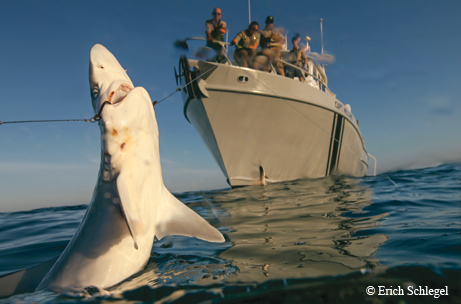

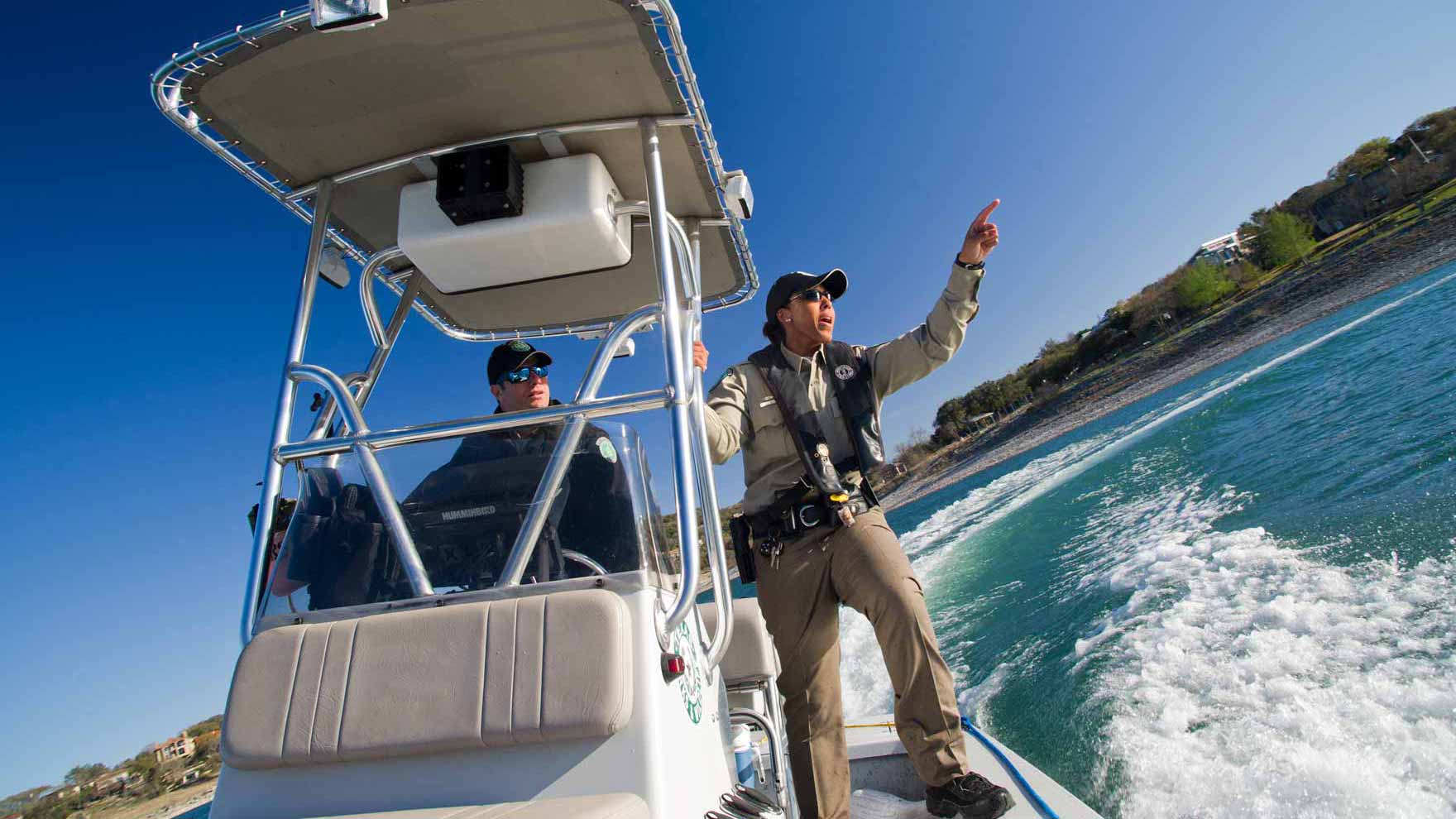
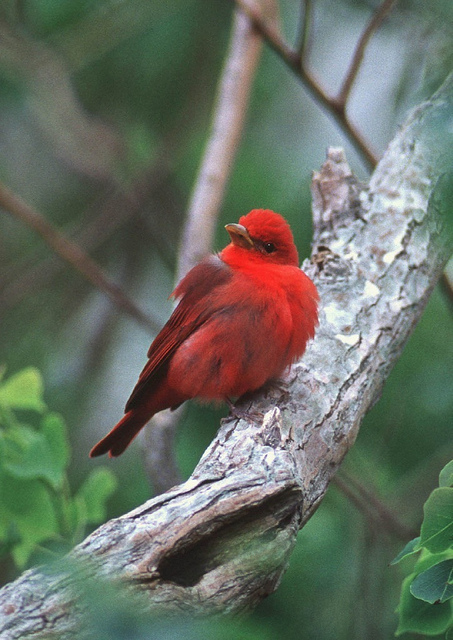
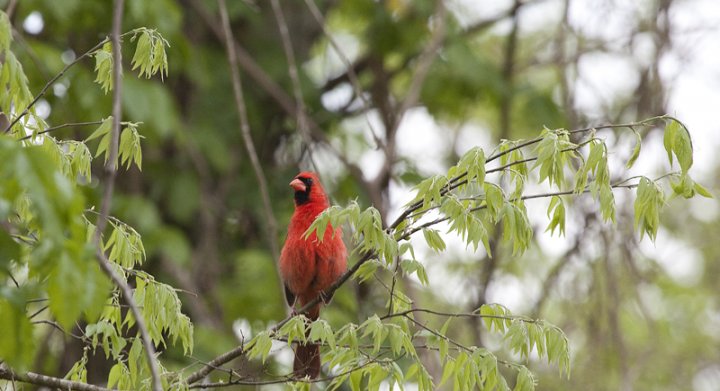
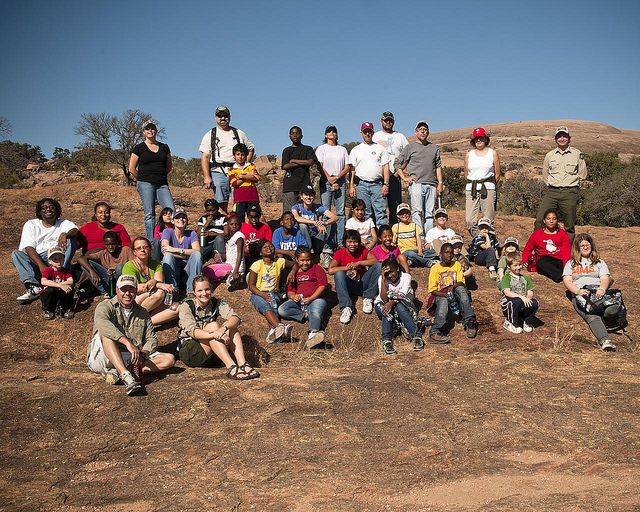

 Passport to Texas is a
Passport to Texas is a  Passport to Texas is made available by:
Passport to Texas is made available by: